Search Result
Results for "
HIV-1 infection
" in MedChemExpress (MCE) Product Catalog:
4
Isotope-Labeled Compounds
| Cat. No. |
Product Name |
Target |
Research Areas |
Chemical Structure |
-
- HY-P99028
-
|
TMB-355; TNX-355
|
HIV
|
Infection
|
|
Ibalizumab (TMB-355) is a humanised IgG4 monoclonal antibody that prevents HIV cell entry by binding to CD4 receptor. Ibalizumab has the potential for HIV-1 infection research .
|
-
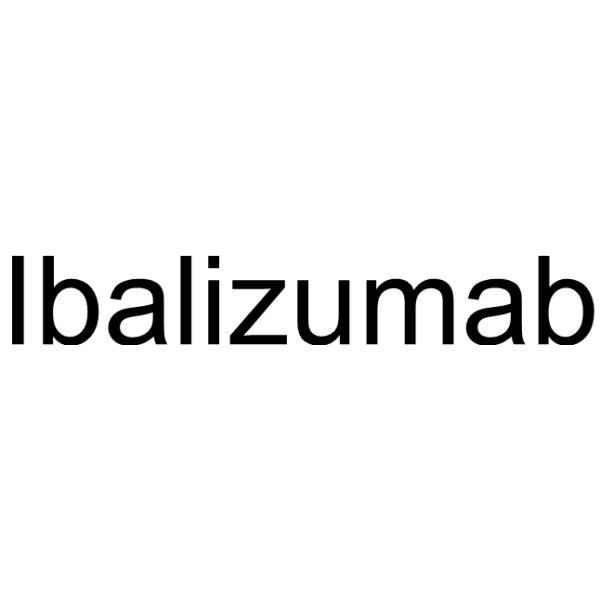
-
- HY-152219
-
|
|
CDK
|
Infection
Cancer
|
|
CLK1-IN-2 is metabolically stable Clk1 inhibitor. CLK1-IN-2 has selectivity for Clk1 with an IC50 value of 1.7 nM. CLK1-IN-2 can be used for the research of tumour, Duchenne's muscular dystrophy and viral infections such as HIV-1 and influenza .
|
-
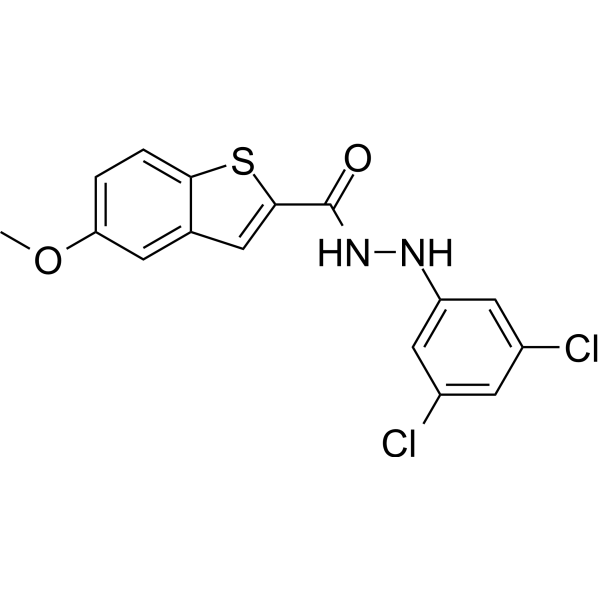
-
- HY-N11780
-
|
|
HIV
|
Infection
|
|
Clavirolide L (Compound 3) is a dolabellane-type diterpenoid that can be isolated from Clavularia viridis. Clavirolide L shows significant inhibition against HIV-1 without RT enzyme inhibition and can be used for HIV infection research .
|
-
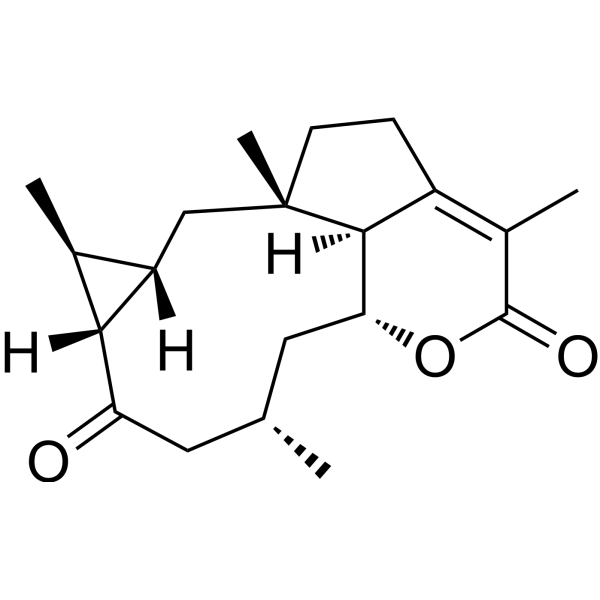
-
- HY-144347
-
|
|
CXCR
|
Infection
Cancer
|
|
HF51116 is a potent antagonist of CXCR4. HF51116 strongly antagonizes SDF-1α-induced cell migration, calcium mobilization, and CXCR4 internalization. HF51116 inhibits HIV-1 infection via CXCR4. HF51116 has the potential for the research of HIV-1 infection, hematopoietic stem cell mobilization, and cancer metastasis .
|
-
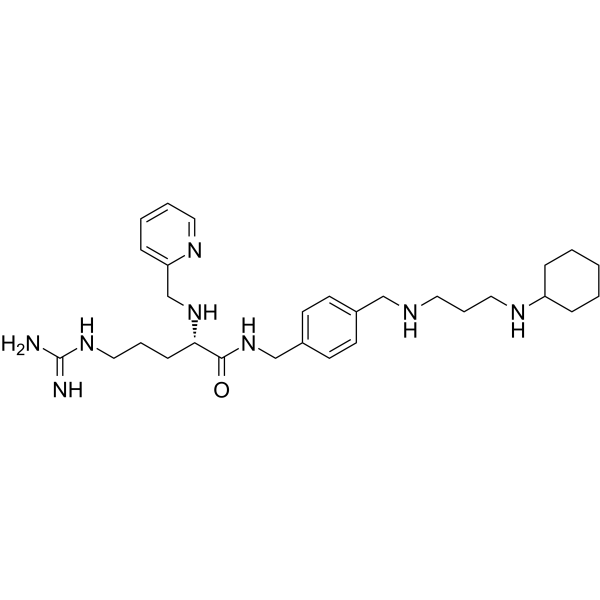
-
- HY-P10308
-
|
|
HIV
|
Infection
|
|
[(Cys(Bzl)84,Glu(OBzl)85)]CD4 (81-92) is a selective inhibitor of HIV-1. [(Cys(Bzl)84,Glu(OBzl)85)]CD4 (81-92) inhibits viral infection and cell fusion by blocking the interaction between HIV-1 and CD4 molecules. [(Cys(Bzl)84,Glu(OBzl)85)]CD4 (81-92) can completely inhibit fusion formation at a concentration of 25 μM .
|
-
![[(Cys(Bzl)84,Glu(OBzl)85)]CD4 (81-92)](//file.medchemexpress.com/product_pic/hy-p10308.gif)
-
- HY-P4055
-
-
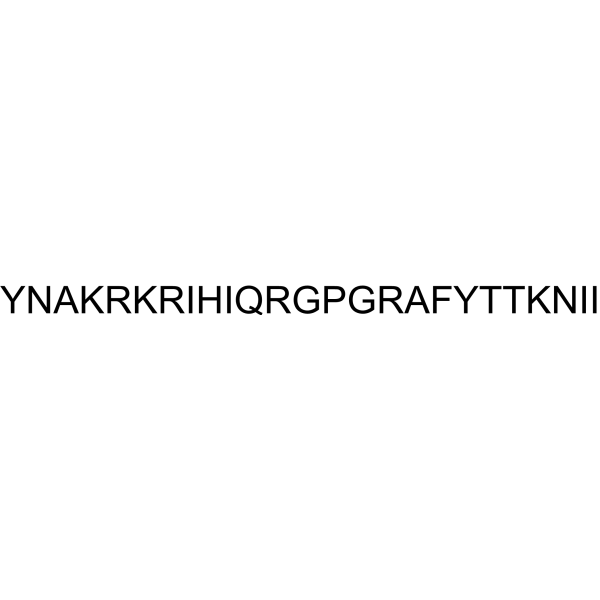
-
- HY-152560
-
|
|
HIV
|
Infection
|
|
HIV-1 inhibitor-55 (compound 4d) inhibits WT HIV-1 with an EC50 value of 8.6 nM. HIV-1 inhibitor-55 also shows inhibitory potency against single and double HIV-1 mutants. HIV-1 inhibitor-55 can be used for the research of virus infection .
|
-

-
- HY-152539
-
|
|
HIV
|
Infection
|
|
HIV-1 inhibitor-54 is a potent HIV-1 inhibitor. HIV-1 inhibitor-54 has anti-HIV activity in MT-4 cells against WT HIV-1 (strain IIIB) with an EC50 value of 0.032 μM. HIV-1 inhibitor-54 can be used for the research of virus infection .
|
-
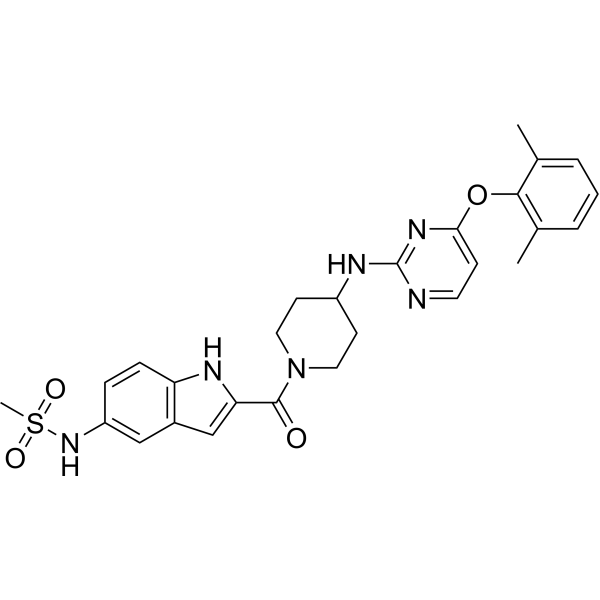
-
- HY-109056
-
|
R-1206
|
HIV
|
Infection
|
|
Elsulfavirine is a reverse transcriptase inhibitors for HIV-1 infection and is a new anti-HIV agent .
|
-
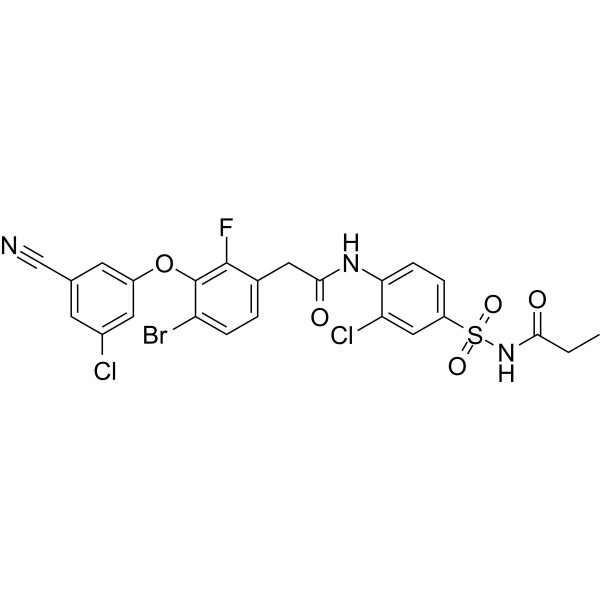
-
- HY-B0751
-
|
Amebacilin; NSC9168
|
Parasite
HIV
Antibiotic
|
Infection
|
|
Fumagillin(NSC9168) is an antimicrobial compound first isolated in 1949 from the fungus Aspergillus fumigatu. Fumagillin can inhibits HIV‐1 infection through the inhibition of HIV-1 viral protein R (Vpr) activity.
|
-
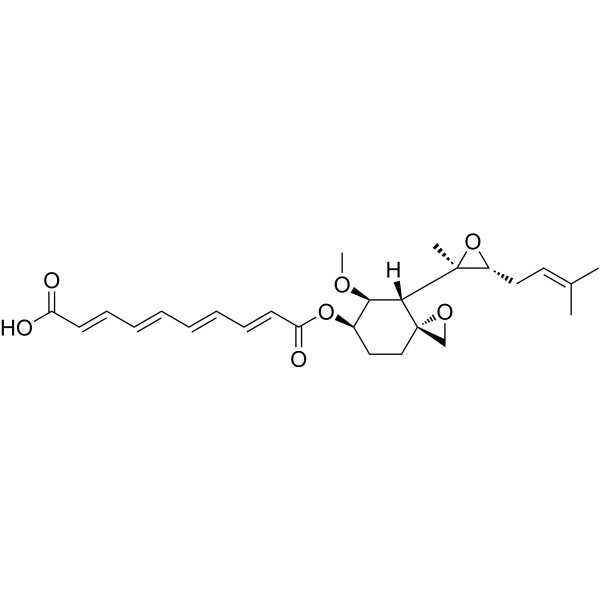
-
- HY-128722
-
|
|
HIV
|
Infection
|
|
HIV-1 inhibitor-3 is a HIV infection inhibitor extracted from patent US2018360927 .
|
-
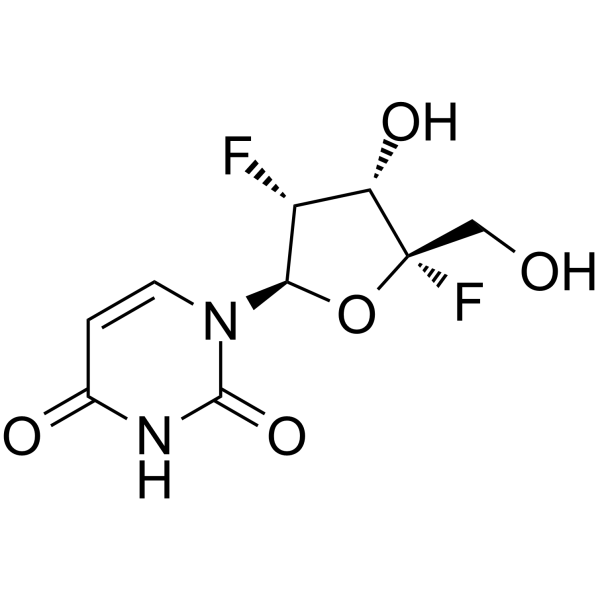
-
- HY-108255
-
|
|
HIV
|
Infection
|
|
HIV-1 inhibitor-60 (compound 45) is an HIV inhibitor with the potential for the research of infection diseases .
|
-
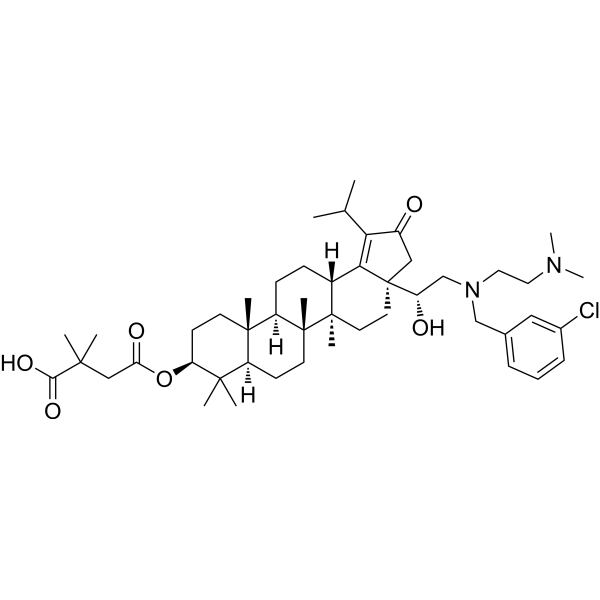
-
- HY-106958
-
|
HBY 097
|
HIV
Reverse Transcriptase
|
Infection
|
|
Talviraline is a non-nucleoside reverse transcriptase inhibitor (NNRTI) that is primarily used to inhibit the replication of human immunodeficiency virus type 1 (HIV-1). Talviraline inhibits the viral replication process by binding to a specific site of HIV-1 reverse transcriptase (RT). Talviraline can be used to study the potential countermeasures and safety of HIV-1 infection .
|
-

-
- HY-19925
-
|
|
HIV
|
Infection
|
|
AIC-292 is a potent and selective inhibitor of HIV-1 nonnucleoside reverse transcriptase. AIC-292 inhibits wild-type HIV-1 laboratory strains at low nanomolar concentrations. AIC-292 displays potent antiviral in vivo efficacy in a mouse xenograft model. AIC-292 has the potential for the research of HIV-1 infection .
|
-
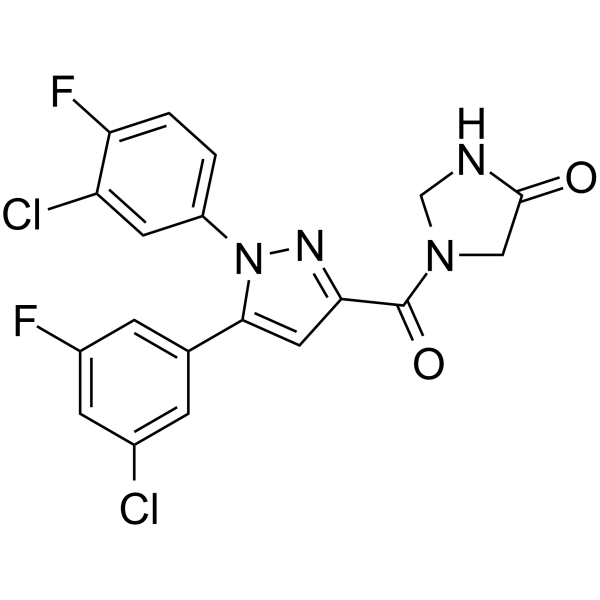
-
- HY-148642
-
|
12-hydroxy-NVP; 12-OH-NVP
|
Drug Metabolite
|
Infection
|
|
12-Hydroxynevirapine (12-hydroxy-NVP; 12-OH-NVP) is a major oxidative metabolite of Nevirapine (HY-10570). Nevirapine is a non-nucleoside reverse transcriptase inhibitor indicated for the HIV-1 infections. Nevirapine causes idiosyncratic hepatotoxicity and mild-to-severe skin rashes. 12-Hydroxynevirapine, a non-reactive metabolite, can be bioactivated by sulphotransferases (SULTs) in the liver and skin, yielding the reactive species 12-Sulphoxy-nevirapine .
|
-
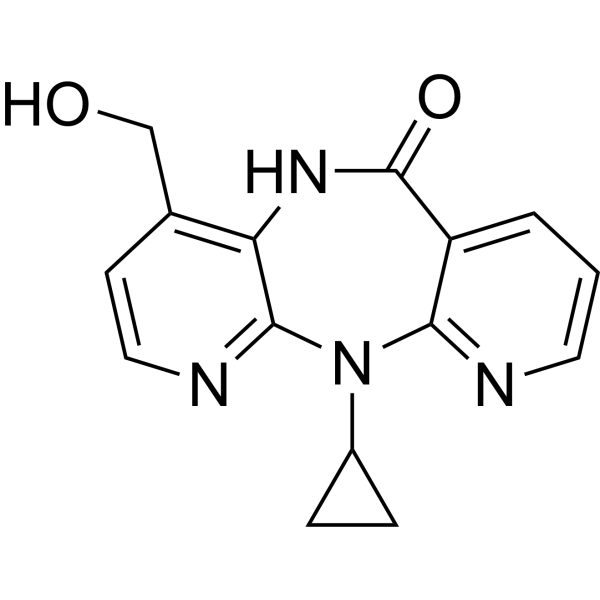
-
- HY-14913
-
|
SPD754; AVX754
|
Nucleoside Antimetabolite/Analog
HIV
DNA/RNA Synthesis
|
Infection
|
|
Apricitabine (SPD754; AVX754), the (-) enantiomer of 2′-deoxy-3′-oxa-4′-thiocytidine (dOTC), is a highly selective and orally active HIV-1 reverse transcriptase (RT) inhibitor (Ki=0.08 μM), as well as inhibits DNA polymerases α, β, and γ with Ki value of 300 μM, 12 μM, and 112.25 μM, respectively . Apricitabine (SPD754; AVX754) shows promising antiretroviral efficacy, good tolerability and a low propensity for resistance selection in antiretroviral-naive HIV infection [2].
|
-
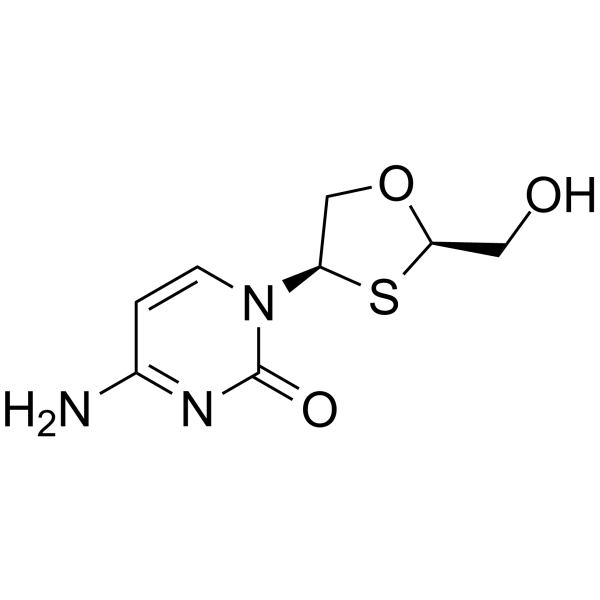
-
- HY-14361
-
|
|
HIV
Reverse Transcriptase
|
Infection
|
|
MK-4965 is a nonnucleoside reverse transcriptase inhibitor (NNRTI). MK-4965 displays excellent activities against not only HIV-1 wild-type (WT) virus but also against a broad panel of NNRTI-resistant viruses and can be used for the research of HIV-1 infection .
|
-
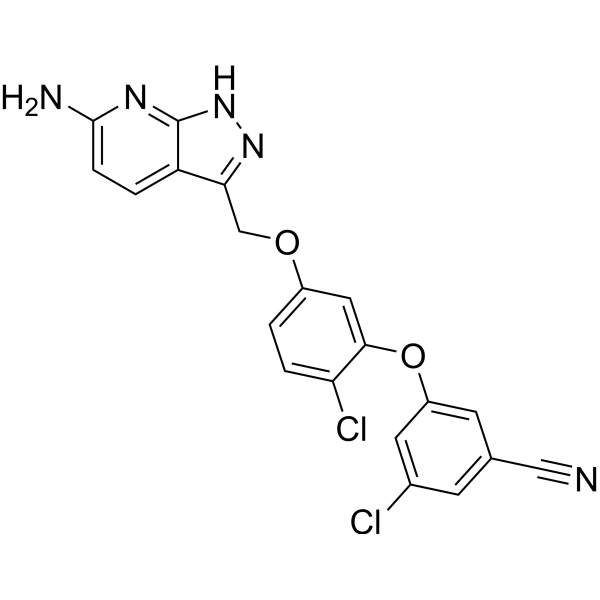
-
- HY-B0751R
-
|
|
Parasite
HIV
Antibiotic
|
Infection
|
|
Fumagillin (Standard) is the analytical standard of Fumagillin. This product is intended for research and analytical applications. Fumagillin(NSC9168) is an antimicrobial compound first isolated in 1949 from the fungus Aspergillus fumigatu. Fumagillin can inhibits HIV‐1 infection through the inhibition of HIV-1 viral protein R (Vpr) activity.
|
-

-
- HY-149866
-
|
|
Cytochrome P450
HIV
Reverse Transcriptase
|
Infection
|
|
HIV-1 inhibitor-58 (Compound 10c) is a broad-spectrum antiviral agent. HIV-1 inhibitor-58 is a non-nucleoside reverse transcriptase inhibitor. HIV-1 inhibitor-58 inhibits WT strain IIIB, NNRTI-resistant strains (such as K103N and E138K) in MT-4 cells, with EC50 less than 50 nM. HIV-1 inhibitor-58 also inhibits CYP2C9 and CYP2C19 (IC50: 2.06 μM, 1.91 μM). HIV-1 inhibitor-58 can be used for HIV infection reserch .
|
-
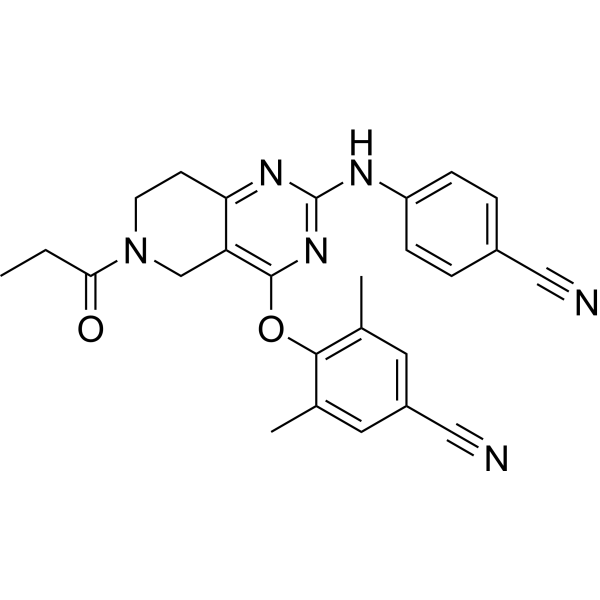
-
- HY-19378
-
|
PC 815
|
HIV
|
Infection
|
|
MIV-150 is a nonnucleoside reverse transcriptase (NNRT) inhibitor, blocking HIV-1 and HIV-2 infections, with an EC50<1 nM against HIV-1/HIV-2MN.
|
-
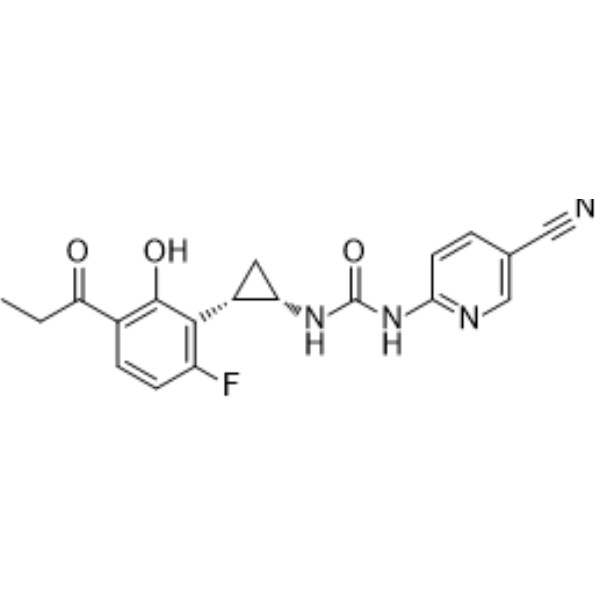
-
- HY-147411
-
|
MK-8507
|
Reverse Transcriptase
HIV
|
Infection
|
|
Ulonivirine (MK-8507) is an orally active non-nucleoside reverse transcriptase inhibitor with high antiviral activity. Ulonivirine can be used for the research of HIV-1 infection .
|
-
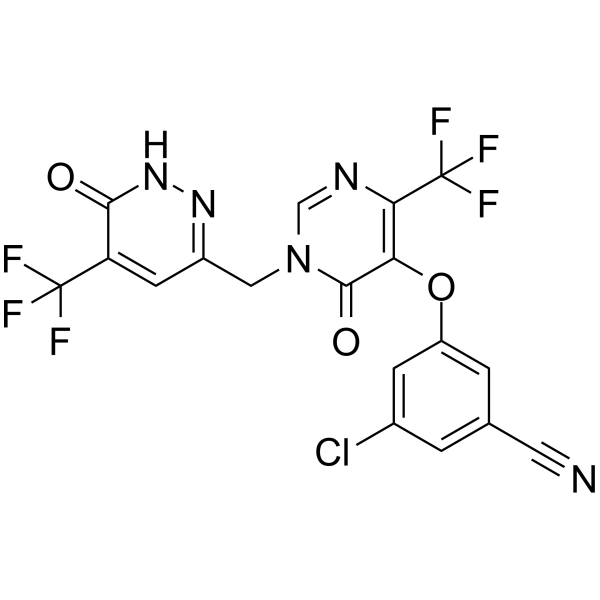
-
- HY-B0957
-
|
Erythromycin ethyl succinate; EES
|
Bacterial
HIV
Autophagy
Antibiotic
|
Infection
|
|
Erythromycin Ethylsuccinate is an antibiotic useful for the treatment of a number of bacterial infections, has an antimicrobial spectrum similar to or slightly wider than that of penicillin. Erythromycin Ethylsuccinate has antiviral activity against HIV-1.
|
-
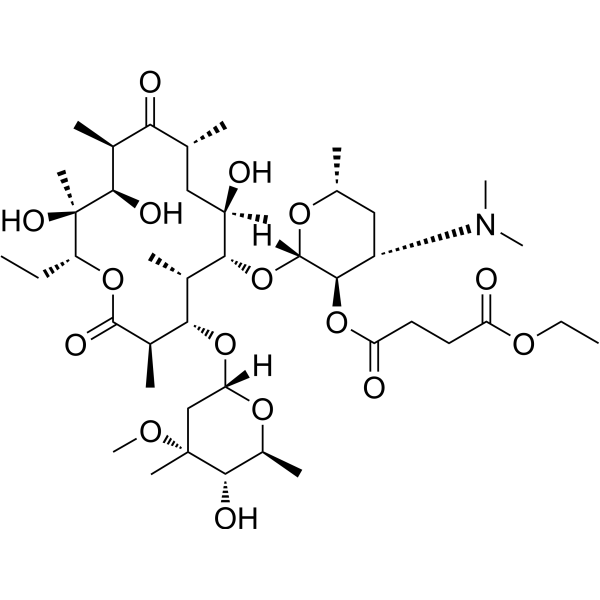
-
- HY-15287
-
Nelfinavir
Maximum Cited Publications
12 Publications Verification
AG1341
|
HIV Protease
HIV
|
Infection
Cancer
|
|
Nelfinavir (AG-1341) is a potent and orally bioavailable HIV-1 protease inhibitor (Ki=2 nM) for HIV infection. Nelfinavir is a broad-spectrum, anticancer agent .
|
-
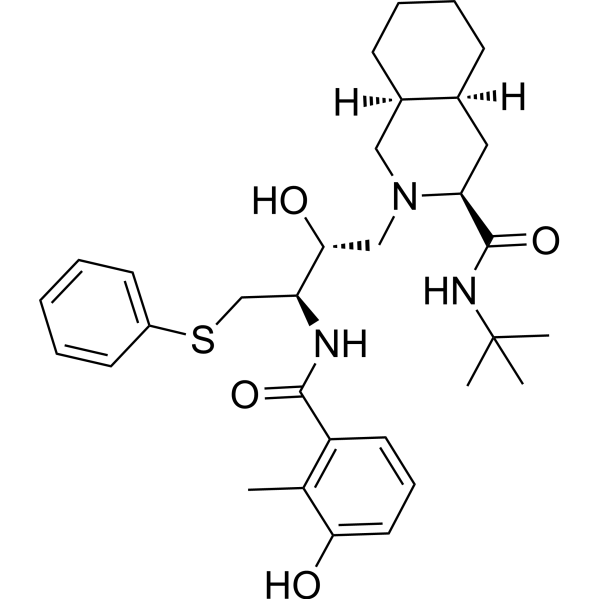
-
- HY-W587430
-
|
Glycolithocholate sulfate disodium; Sulfolithocholylglycine disodium; SLCG disodium
|
HIV
|
Infection
|
|
Glycolithocholic acid 3-sulfate (disodium) inhibits replication of HIV-1 in vitro. Glycolithocholic acid 3-sulfate (disodium) can be used for the research of HIV infection and gallbladder disease .
|
-
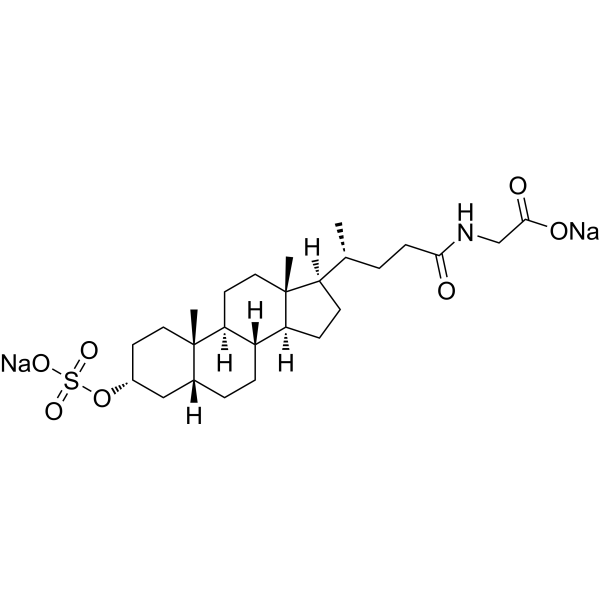
-
- HY-15287A
-
|
AG 1343 Mesylate
|
HIV Protease
HIV
|
Infection
Cancer
|
|
Nelfinavir Mesylate (AG 1343 Mesylate) is a potent and orally bioavailable HIV-1 protease inhibitor (Ki=2 nM) for HIV infection. Nelfinavir Mesylate (AG 1343 Mesylate) is a broad-spectrum, anticancer agent .
|
-
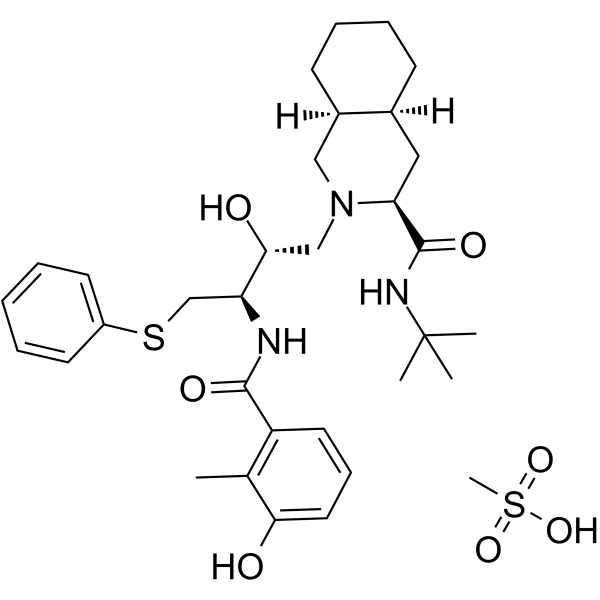
-
- HY-100083
-
|
|
HIV
|
Others
|
|
Dolutegravir intermediate-1 is a synthetic intermediate of Dolutegravir extracted from patent WO 2016125192 A2. Dolutegravir is an integrase inhibitor developed for the treatment of human immunodeficiency virus (HIV)-1 infection.
|
-
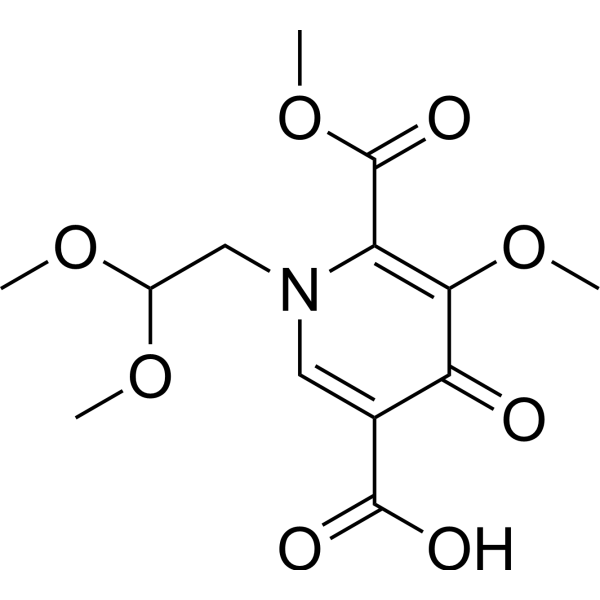
-
- HY-118632
-
|
|
Reverse Transcriptase
HIV
|
Infection
|
|
BILR 355 is a second-generation nonnucleoside reverse transcriptase inhibitor (NNRTI). BILR 355 is highly specific toward HIV-1 reverse transcriptase (RT). BILR 355 can be used for HIV infections research .
|
-
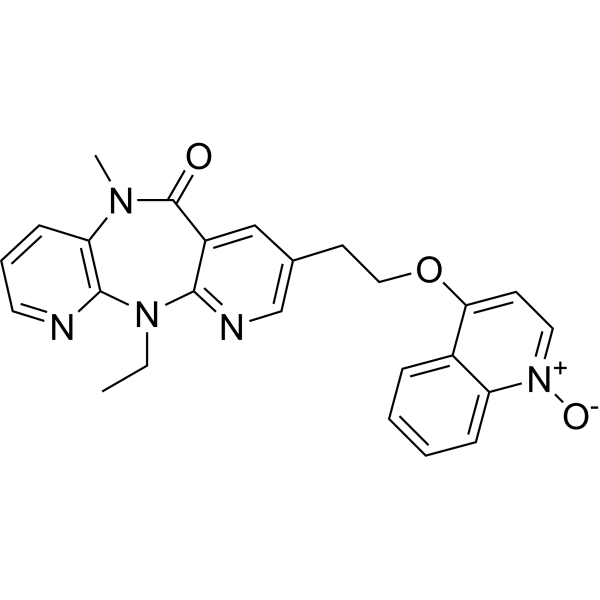
-
- HY-157172
-
|
|
Integrin
|
Infection
Neurological Disease
|
|
MorHap is a heroin hapten. MorHap conjugated to tetanus toxoid (TT), palm-CV2, and to monophosphoryl lipid A (MPLA)-containing liposomes partially blocks heroin-induced analgesia and hyperlocomotion in mice. MorHap designed conjugates also significantly inhibits HIV-1 binding to α4β7 receptors. MorHap can be used in research to develop vaccines related to heroin addiction and HIV-1 infection .
|
-
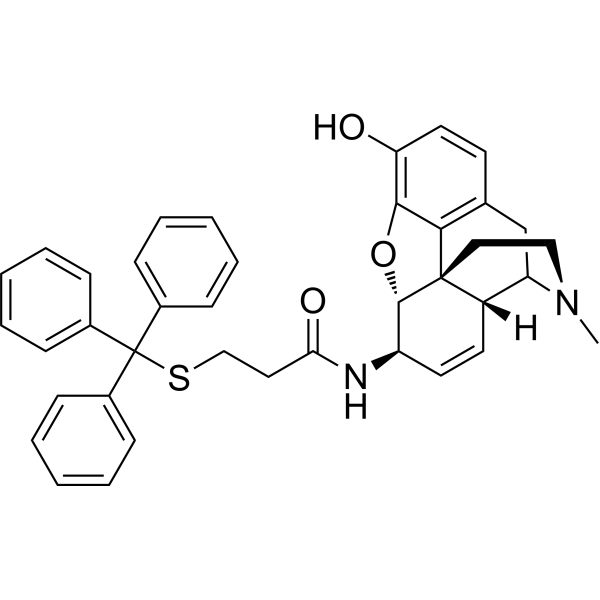
-
- HY-113074
-
|
Glycolithocholate sulfate; Sulfolithocholylglycine; SLCG
|
HIV
Endogenous Metabolite
|
Infection
Inflammation/Immunology
|
|
Glycolithocholic acid 3-sulfate (SLCG) is a cholic acid derivative and a metabolite of glycolithocholic acid. Glycolithocholic acid 3-sulfate inhibits replication of HIV-1 in vitro. Glycolithocholic acid 3-sulfate can be used for the research of HIV infection and gallbladder disease .
|
-

-
- HY-14922
-
|
|
Reverse Transcriptase
HIV
|
Infection
|
|
Fosalvudine tidoxil is an orally active nucleoside reverse transcriptase inhibitor (NRTI). Fosalvudine tidoxil is a prodrug derived from Alovudine (HY-B1516). Fosalvudine tidoxil is less toxic than Alovudine and can be used for the research of HIV-1 infection .
|
-
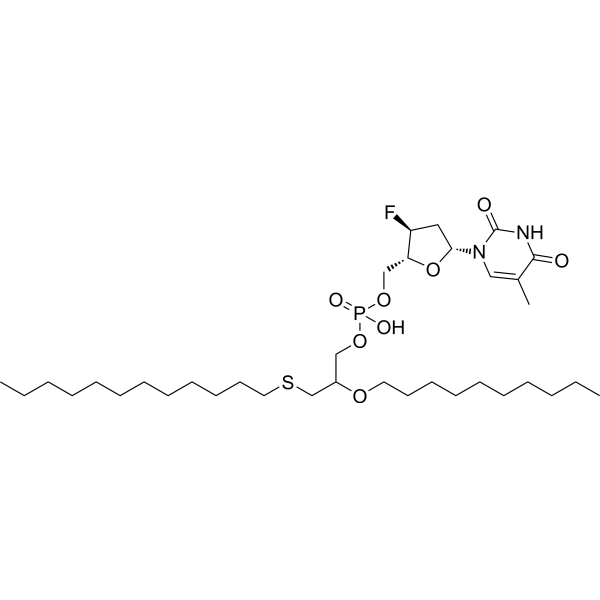
-
- HY-P35433
-
|
T-1249
|
HIV
|
Inflammation/Immunology
|
|
Tifuvirtide (T-1249) is a peptide human immunodeficiency virus type-1 (HIV-1) fusion inhibitor. Tifuvirtide is a synthetically designed hybrid retroviral envelope polypeptide. Tifuvirtide has antiretroviral activity. Tifuvirtide can be used for the research of HIV infection .
|
-

-
- HY-103697
-
|
|
Toll-like Receptor (TLR)
HIV
|
Infection
Cancer
|
|
Gardiquimod, an imidazoquinoline analog, is a TLR7/8 agonist. Gardiquimod could inhibit HIV-1 infection of macrophages and activated peripheral blood mononuclear cells (PBMCs). Gardiquimod specifically activates TLR7 when used at concentrations below 10 μM .
|
-
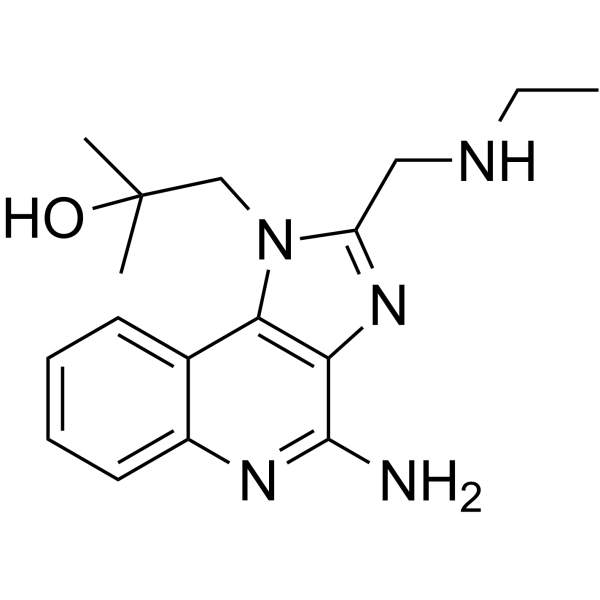
-
- HY-15287S1
-
|
|
HIV
HIV Protease
Isotope-Labeled Compounds
|
Infection
Cancer
|
|
Nelfinavir-d4 is deuterated labeled Nelfinavir (HY-15287). Nelfinavir (AG-1341) is a potent and orally bioavailable HIV-1 protease inhibitor (Ki=2 nM) for HIV infection. Nelfinavir is a broad-spectrum, anticancer agent .
|
-
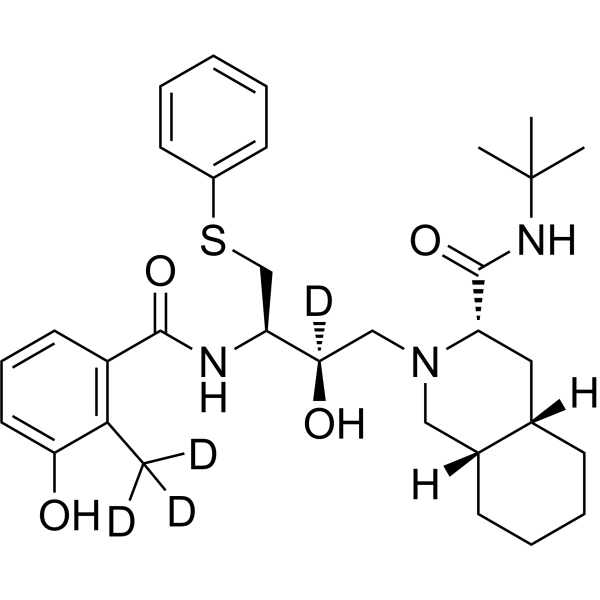
-
- HY-15287R
-
|
|
HIV Protease
HIV
|
Infection
Cancer
|
|
Nelfinavir (Standard) is the analytical standard of Nelfinavir. This product is intended for research and analytical applications. Nelfinavir (AG-1341) is a potent and orally bioavailable HIV-1 protease inhibitor (Ki=2 nM) for HIV infection. Nelfinavir is a broad-spectrum, anticancer agent .
|
-

-
- HY-103697A
-
|
|
Toll-like Receptor (TLR)
HIV
|
Infection
Cancer
|
|
Gardiquimod diTFA, an imidazoquinoline analog, is a TLR7/8 agonist. Gardiquimod diTFA could inhibit HIV-1 infection of macrophages and activated peripheral blood mononuclear cells (PBMCs). Gardiquimod diTFA specifically activates TLR7 when used at concentrations below 10 μM .
|
-
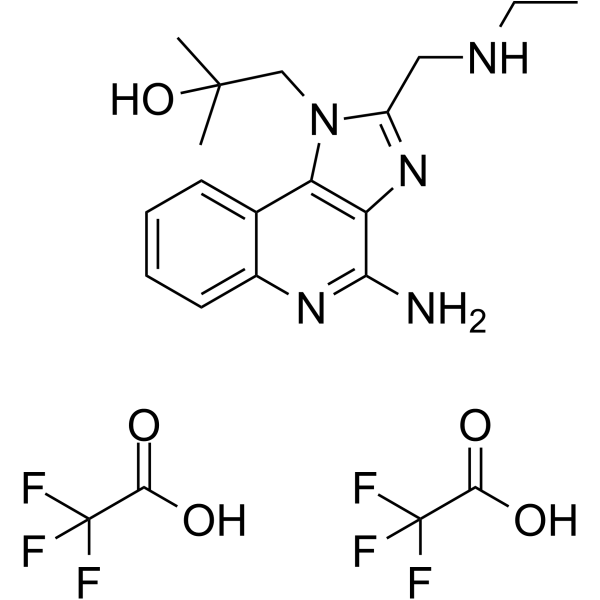
-
- HY-B0957S
-
|
Erythromycin ethyl succinate-13C,d3; EES-13C,d3
|
Isotope-Labeled Compounds
Bacterial
HIV
Autophagy
Antibiotic
|
Infection
|
|
Erythromycin ethylsuccinate- 13C,d3 is the 13C- and deuterium labeled Erythromycin Ethylsuccinate. Erythromycin Ethylsuccinate is an antibiotic useful for the treatment of a number of bacterial infections, has an antimicrobial spectrum similar to or slightly wider than that of penicillin. Erythromycin Ethylsuccinate has antiviral activity against HIV-1.
|
-

-
- HY-A0097
-
|
Antibiotic MDL-507; MDL-507
|
Bacterial
Antibiotic
|
Infection
|
|
Teicoplanin is a glycopeptide antibiotic indicated for use in serious infections caused by Gram-positive bacteria, including Methicillin-resistant Staphylococcus aureus and Enterococcus aureus.Teicoplanin shows antiviral activity for HIV-1, SARS-CoV1 and SARS-CoV2. Teicoplanin sodium shows anti-MRSA activity .
|
-
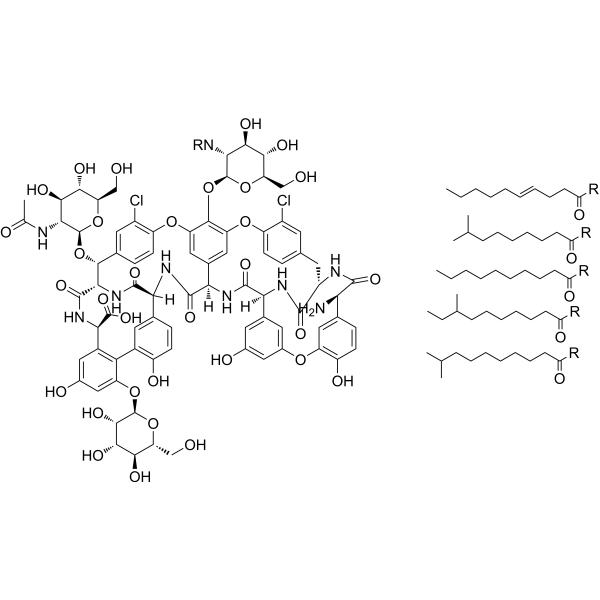
-
- HY-15287S
-
|
|
Isotope-Labeled Compounds
HIV Protease
HIV
|
Infection
Cancer
|
|
Nelfinavir-d3 (AG1341-d3) is the deuterium labeled Nelfinavir. Nelfinavir (AG-1341) is a potent and orally bioavailable HIV-1 protease inhibitor (Ki=2 nM) for HIV infection. Nelfinavir is a broad-spectrum, anticancer agent[1][2][3].
|
-

-
- HY-A0097A
-
|
Antibiotic MDL-507 sodium; MDL-507 sodium
|
Antibiotic
HIV
SARS-CoV
|
Infection
|
|
Teicoplanin sodium is a glycopeptide antibiotic indicated for use in serious infections caused by Gram-positive bacteria, including Methicillin-resistant Staphylococcus aureus and Enterococcus aureus.Teicoplanin sodium shows antiviral activity for HIV-1, SARS-CoV1 and SARS-CoV2. Teicoplanin sodium shows anti-MRSA activity .
|
-
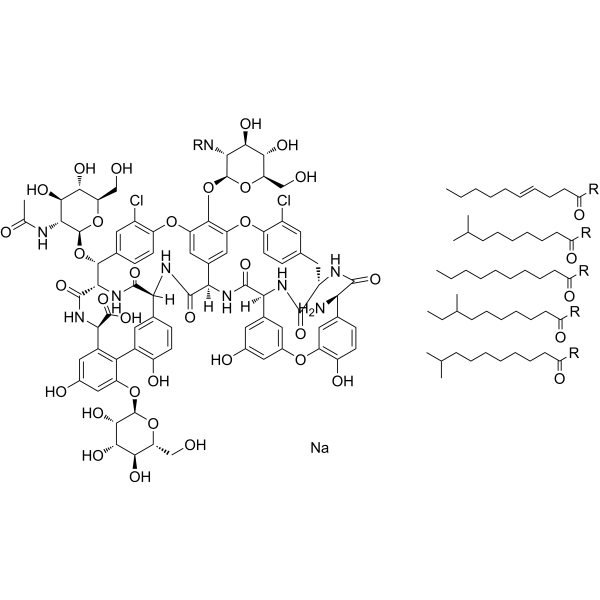
-
- HY-146413
-
|
|
CXCR
HIV
|
Infection
Cancer
|
|
HF50731 (compound 21) is a potent CXCR4 antagonist. HF50731 shows strong CXCR4 binding affinity, with IC50 of 19.8 nM. HF50731 effectively inhibits calcium mobilization, cell migration, and HIV-1 infection via CXCR4 coreceptor, with IC50 values of 119.2 nM, 621.4 nM and 1.5 μM .
|
-
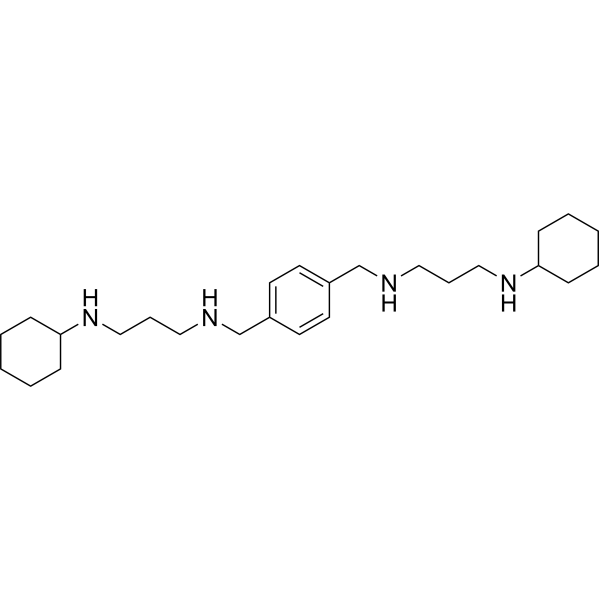
-
- HY-116758
-
|
di-Me-PGA1
|
DNA/RNA Synthesis
HIV
HSV
|
Infection
Cancer
|
|
16,16-Dimethyl prostaglandin A1 (di-Me-PGA1) is a prostaglandin analog that can inhibit DNA synthesis in Lewis lung carcinoma and B 16 amelanotic melanoma cells. 16,16-Dimethyl prostaglandin A1 also inhibits viral replication in both HSV and HIV-1 infection systems .
|
-
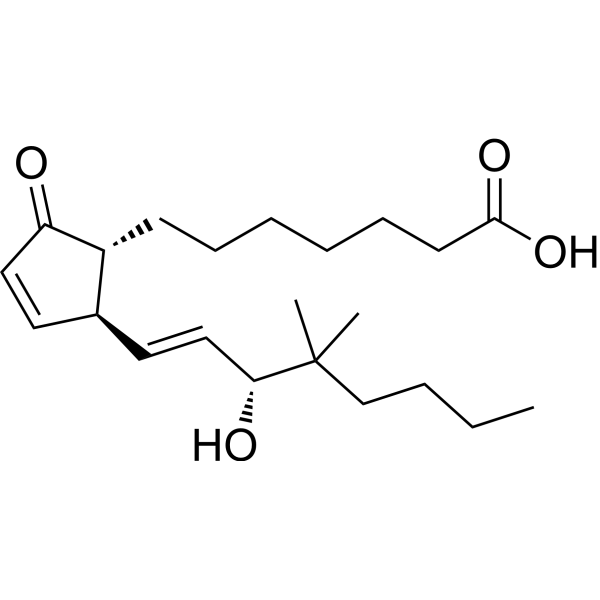
-
- HY-B1422
-
|
Aminacrine
|
Bacterial
HIV
|
Infection
|
|
9-Aminoacridine, a fluorescent probe, acts as an indicator of pH for quantitative determination of transmembrane pH gradients (inside acidic). 9-Aminoacridine is an antimicrobial. 9-Aminoacridine exerts its antimicrobial activity by interacting with specific bacterial DNA and disrupting the proton motive force in K. pneumoniae. 9-Aminoacridine is a HIV-1 inhibitor and inhibits HIV LTR transcription highly dependent on the presence and location of the amino moiety. 9-Aminoacridine inhibits virus replication in HIV-1 infected cell lines. 9-Aminoacridine is used as a Rifampin (RIF; HY-B0272) adjuvant for the multidrug-resistant K. pneumoniae infections .
|
-
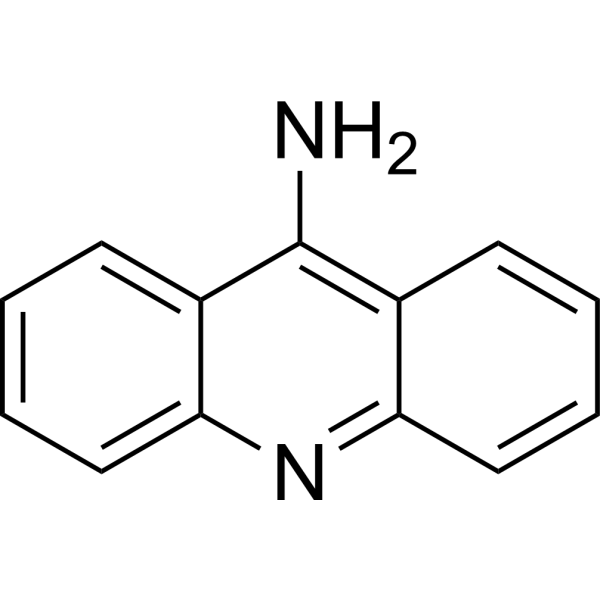
-
- HY-A0097R
-
|
|
|
Infection
|
|
Teicoplanin (Standard) is the analytical standard of Teicoplanin. This product is intended for research and analytical applications. Teicoplanin is a glycopeptide antibiotic indicated for use in serious infections caused by Gram-positive bacteria, including Methicillin-resistant Staphylococcus aureus and Enterococcus aureus.Teicoplanin shows antiviral activity for HIV-1, SARS-CoV1 and SARS-CoV2. Teicoplanin sodium shows anti-MRSA activity .
|
-

-
- HY-B1422S
-
|
Aminacrine-13C6
|
Bacterial
HIV
Isotope-Labeled Compounds
|
Infection
|
|
9-Aminoacridine-13C6 is the 13C-labeled 9-Aminoacridine(HY-B1422). 9-Aminoacridine, a fluorescent probe, acts as an indicator of pH for quantitative determination of transmembrane pH gradients (inside acidic). 9-Aminoacridine is an antimicrobial. 9-Aminoacridine exerts its antimicrobial activity by interacting with specific bacterial DNA and disrupting the proton motive force in K. pneumoniae. 9-Aminoacridine is a HIV-1 inhibitor and inhibits HIV LTR transcription highly dependent on the presence and location of the amino moiety. 9-Aminoacridine inhibits virus replication in HIV-1 infected cell lines. 9-Aminoacridine is used as a Rifampin (RIF; HY-B0272) adjuvant for the multidrug-resistant K. pneumoniae infections .
|
-

-
- HY-B1422R
-
|
|
Bacterial
HIV
|
Infection
|
|
9-Aminoacridine (Standard) is the analytical standard of 9-Aminoacridine. This product is intended for research and analytical applications. 9-Aminoacridine, a fluorescent probe, acts as an indicator of pH for quantitative determination of transmembrane pH gradients (inside acidic). 9-Aminoacridine is an antimicrobial. 9-Aminoacridine exerts its antimicrobial activity by interacting with specific bacterial DNA and disrupting the proton motive force in K. pneumoniae. 9-Aminoacridine is a HIV-1 inhibitor and inhibits HIV LTR transcription highly dependent on the presence and location of the amino moiety. 9-Aminoacridine inhibits virus replication in HIV-1 infected cell lines. 9-Aminoacridine is used as a Rifampin (RIF; HY-B0272) adjuvant for the multidrug-resistant K. pneumoniae infections .
|
-

-
- HY-N6711
-
|
|
HIV Integrase
|
Infection
|
|
Equisetin is an N-methylserine-derived acyl tetramic acid isolated from a terrestrial fungus Fusarium equiseti NRRL 5537 . Equisetin is a tetramate-containing natural product with antibiotic and cytotoxic activity . Equisetin inhibits the growth of Gram-positive bacteria and HIV-1 integrase activity but shows no activity against Gram-negative bacteria . Equisetin is a Quorum-sensing inhibitor (QSI) that attenuates QS-regulated virulence phenotypes in P. aeruginosa without affecting the growth of bacterias, serves as a leading compound for the treatment of P. aeruginosa infections .
|
-
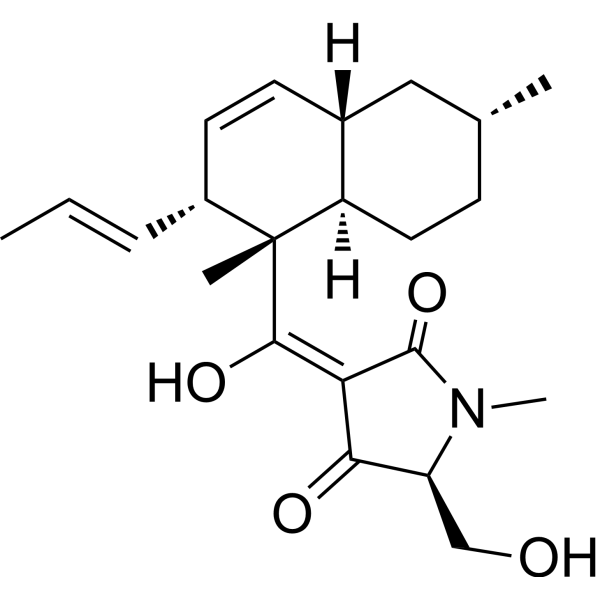
-
- HY-120072
-
|
PF-74
|
HIV
|
Infection
|
|
PF-3450074 (PF-74) is a specifical inhibitor of HIV-1 capsid protein (CA) and displays a broad-spectrum inhibition of HIV isolates with submicromolar potency (EC50=8-640 nM). PF-3450074 (PF-74) acts at an early stage of HIV-1 infection, inhibits viral replication by directly competing with the binding of CPSF6 and NUP153, and blocks the uncoating, assembly, and the reverse transcription steps of the viral life cycle . CPSF6: nuclear host factors cleavage and polyadenylation specific factor 6; NUP153: nucleoporin 153.
|
-
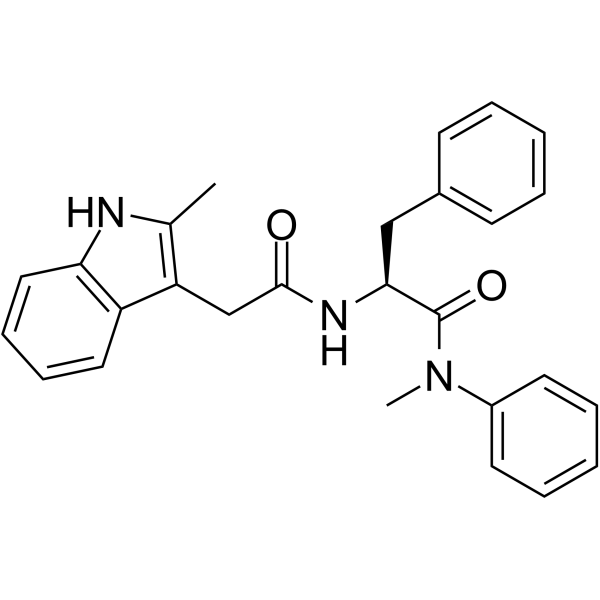
-
- HY-18980
-
|
Mallotoxin; NSC 56346; NSC 94525
|
PKC
Autophagy
Apoptosis
HIV
RABV
|
Infection
Cancer
|
|
Rottlerin, a natural product purified from Mallotus Philippinensis, is a specific PKC inhibitor, with IC50 values for PKCδ of 3-6 μM, PKCα,β,γ of 30-42 μM, PKCε,η,ζ of 80-100 μM. Rottlerin acts as a direct mitochondrial uncoupler, and stimulates autophagy by targeting a signaling cascade upstream of mTORC1. Rottlerin induces apoptosis via caspase 3 activation . Rottlerin inhibits HIV-1 integration and Rabies virus (RABV) infection .
|
-
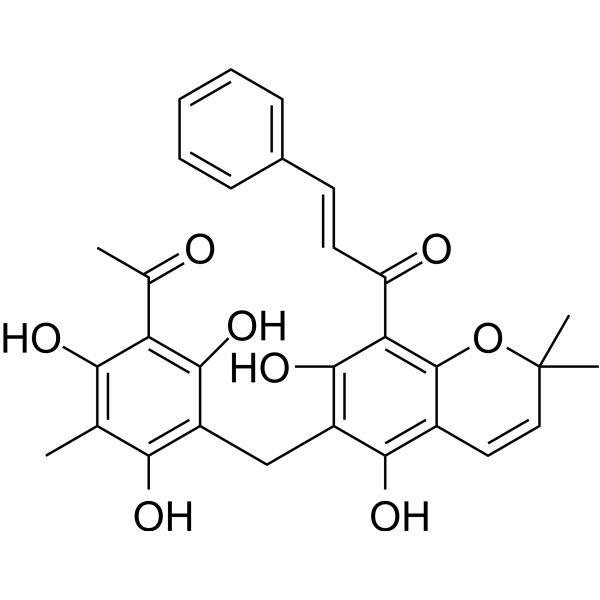
-
- HY-P2200
-
|
BMY-29304
|
HIV
Antibiotic
|
Infection
Inflammation/Immunology
|
|
Siamycin I (BMY-29304), a 21-residue tricyclic peptide, is a secondary metabolite in actinomycetes. Siamycin I is a HIV fusion inhibitor with ED50s of 0.05 to 5.7 μM for acute HIV type 1 (HIV-1) and HIV-2 infections. Siamycin I inhibits the gelatinase and gelatinase biosynthesis-activating pheromone (GBAP) signaling via the FsrC-FsrA two-component regulatory system in a noncompetitive manner. Siamycin I suppresses the expression of both fsrBDC and gelE-sprE transcripts. Siamycin I, a lasso peptide, interacts with lipid II and inhibits cell wall biosynthesis. Siamycin I, an antibiotic, has the potential for enterococcal infections research .
|
-
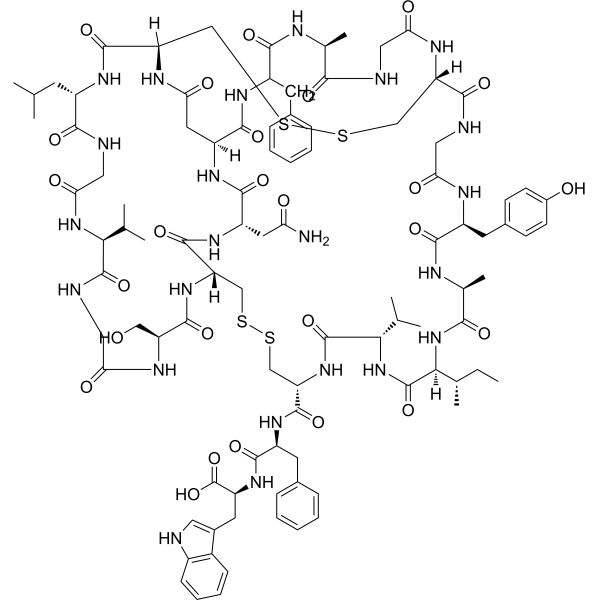
-
- HY-153225
-
|
|
HIV
|
Infection
|
|
PYR01 is a potent HIV-1 nonnucleoside reverse transcriptase inhibitor. PYR01 is an also targeted activator of cell kill molecules eliminate cells expressing HIV-1 .
|
-

- HY-P5738
-
|
|
Bacterial
|
Infection
|
|
Palicourein is a 37 amino acid cyclic polypeptide. Palicourein inhibits the in vitro cytopathic effects of HIV-1RF infection of CEM-SS cells with an EC50 value of 0.1 μM and an IC50 value of 1.5 μM .
|
-

- HY-P99584
-
|
KD-247
|
HIV
|
Infection
|
|
Suvizumab (KD-247) is an neutralizing antibody anti-HIV-1. Suvizumab effectively neutralizes HIV-1MN, HIV-1SF2 and HIV-189.6 with IC50 values of 0.1 µg/mL, 1.0 µg/mL and 0.2 µg/mL, respectively. Suvizumab reduces the viral load of HIV. Suvizumab has good tolerance and can be used to prevent HIV infection .
|
-

- HY-W540188
-
-
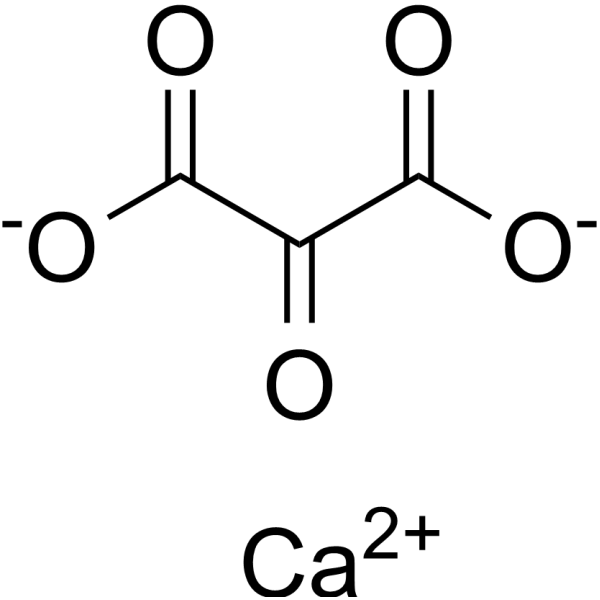
- HY-110253
-
|
HIV-1 inhibitor 18A
|
HIV
|
Infection
|
|
18A (HIV-1 inhibitor 18A) is a reversible broad-spectrum HIV-1 inhibitor. 18A exhibits broad inhibitory activity against multiple HIV-1 strains by blocking the function of Env .
|
-
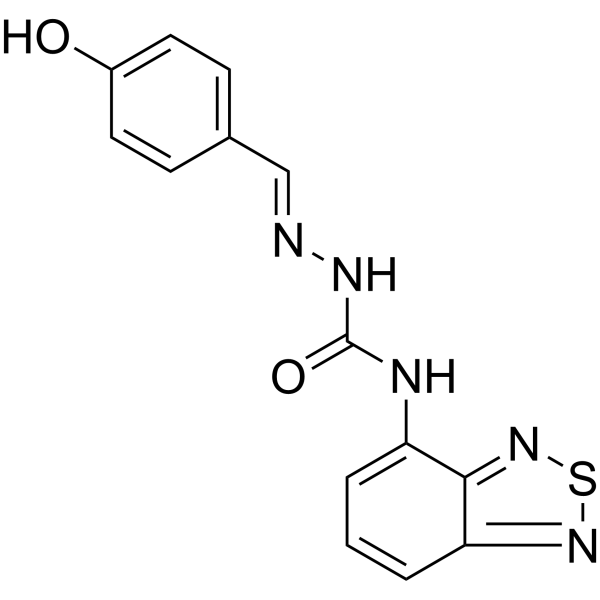
- HY-16776
-
|
Festinavir; BMS-986001; OBP-601
|
HIV
Reverse Transcriptase
Nucleoside Antimetabolite/Analog
|
Infection
|
|
Censavudine (OBP-601; BMS-986001), a nucleoside analog, is a nucleoside reverse transcriptase inhibitor. Censavudine is a potent HIV inhibitor with EC50 ranges from 30 nM to 81 nM and 450 nM to 890 nM for HIV-2 and HIV-1, respectively . Censavudine is a click chemistry reagent, it contains an Alkyne group and can undergo copper-catalyzed azide-alkyne cycloaddition (CuAAc) with molecules containing Azide groups.
|
-
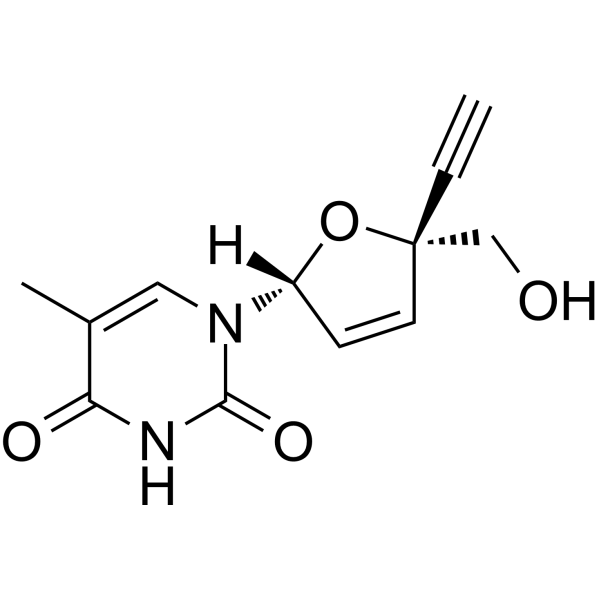
- HY-19509
-
|
|
Reverse Transcriptase
HIV
|
Infection
|
|
IQP-0528 is a highly potent nonnucleoside reverse transcriptase inhibitor (NNRTI). IQP-0528 shows nanomolar activity against both HIV-1 and HIV-2, with an HIV-1 EC50 of 0.2 nM and an HIV-2 EC50 of 100 nM .
|
-
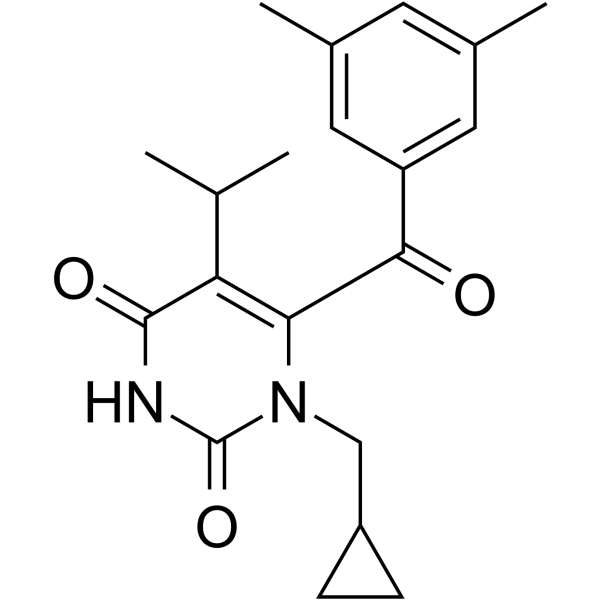
- HY-15899
-
|
|
HIV Protease
HIV
Drug Metabolite
|
Infection
|
|
Des(benzylpyridyl) Atazanavir (compound M1) is a N-dealkylation product of Atazanavir (HY-17367) metabolite. Atazanavir is a highly selective HIV-1 protease inhibitor. Des(benzylpyridyl) Atazanavir may contribute to the effectiveness Atazanavir but also to the toxicity and interactions. Des(benzylpyridyl) Atazanavir can be used for further research of Atazanavir effects .
|
-
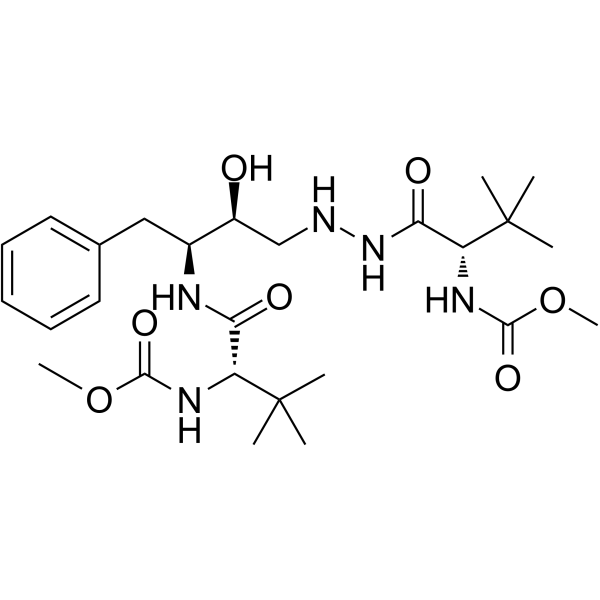
- HY-105231
-
|
|
PKC
HIV
Bacterial
|
Infection
Neurological Disease
Inflammation/Immunology
Cancer
|
|
Bryostatin 1 is a natural macrolide isolated from the bryozoan Bugula neritina and is a potent and central nervous system (CNS)-permeable PKC modulator. Bryostatin 1 binds to the isolated C1 domain of Munc13-1 and the full-length Munc13-1 protein with Kis of 8.07 nM and 0.45 nM, respectively. Bryostatin 1 has anti-cancer, anti-inflammatory, neuroprotective, anti-HIV-1 infection properties .
|
-
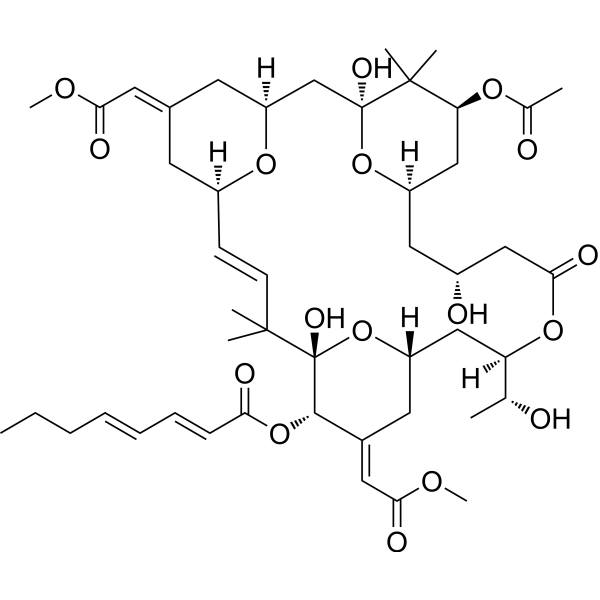
- HY-162074
-
|
|
HIV
|
Infection
|
|
Nipamovir is a nitroimidazole prodrug. Nipamovir shows comparable antiviral activity to SAMT-247 (HY-102077) and NS-1040 in both cellular assays and a human ex vivo model of HIV infection, along with low toxicity. Nipamovir has EC50 values of 3.64±3.28 and 3.23±2.81 μM for CEM-SS/HIV-1RF and hPBMC/HIV-192HT599, respectively .
|
-
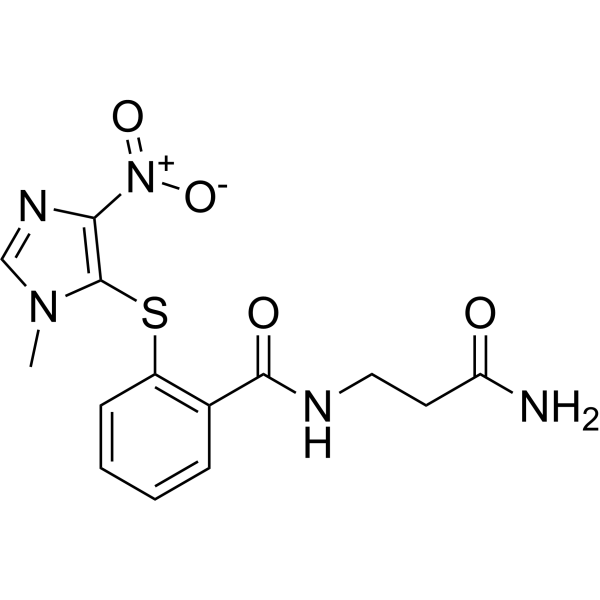
| Cat. No. |
Product Name |
Type |
-
- HY-B1422
-
|
Aminacrine
|
Fluorescent Dyes/Probes
|
|
9-Aminoacridine, a fluorescent probe, acts as an indicator of pH for quantitative determination of transmembrane pH gradients (inside acidic). 9-Aminoacridine is an antimicrobial. 9-Aminoacridine exerts its antimicrobial activity by interacting with specific bacterial DNA and disrupting the proton motive force in K. pneumoniae. 9-Aminoacridine is a HIV-1 inhibitor and inhibits HIV LTR transcription highly dependent on the presence and location of the amino moiety. 9-Aminoacridine inhibits virus replication in HIV-1 infected cell lines. 9-Aminoacridine is used as a Rifampin (RIF; HY-B0272) adjuvant for the multidrug-resistant K. pneumoniae infections .
|
-
- HY-B1422R
-
|
|
Fluorescent Dyes/Probes
|
|
9-Aminoacridine (Standard) is the analytical standard of 9-Aminoacridine. This product is intended for research and analytical applications. 9-Aminoacridine, a fluorescent probe, acts as an indicator of pH for quantitative determination of transmembrane pH gradients (inside acidic). 9-Aminoacridine is an antimicrobial. 9-Aminoacridine exerts its antimicrobial activity by interacting with specific bacterial DNA and disrupting the proton motive force in K. pneumoniae. 9-Aminoacridine is a HIV-1 inhibitor and inhibits HIV LTR transcription highly dependent on the presence and location of the amino moiety. 9-Aminoacridine inhibits virus replication in HIV-1 infected cell lines. 9-Aminoacridine is used as a Rifampin (RIF; HY-B0272) adjuvant for the multidrug-resistant K. pneumoniae infections .
|
| Cat. No. |
Product Name |
Target |
Research Area |
-
- HY-P10308
-
|
|
HIV
|
Infection
|
|
[(Cys(Bzl)84,Glu(OBzl)85)]CD4 (81-92) is a selective inhibitor of HIV-1. [(Cys(Bzl)84,Glu(OBzl)85)]CD4 (81-92) inhibits viral infection and cell fusion by blocking the interaction between HIV-1 and CD4 molecules. [(Cys(Bzl)84,Glu(OBzl)85)]CD4 (81-92) can completely inhibit fusion formation at a concentration of 25 μM .
|
-
- HY-P4055
-
-
- HY-P35433
-
|
T-1249
|
HIV
|
Inflammation/Immunology
|
|
Tifuvirtide (T-1249) is a peptide human immunodeficiency virus type-1 (HIV-1) fusion inhibitor. Tifuvirtide is a synthetically designed hybrid retroviral envelope polypeptide. Tifuvirtide has antiretroviral activity. Tifuvirtide can be used for the research of HIV infection .
|
-
- HY-P4902
-
|
|
Peptides
|
Infection
|
|
Retrocyclin-1 is a kind of Theta-defensin. Retrocyclin-1 recognizes and binds to carbohydrate-containing surface molecules, to protect cells from HIV-1 infection. Retrocyclin-1 exhibits high affinity to fetuin, gp120 (Kd=35.4 nM), CD4 (Kd=31 nM), and galactosylceramide (Kd=24.1 nM) .
|
-
- HY-P2200
-
|
BMY-29304
|
HIV
Antibiotic
|
Infection
Inflammation/Immunology
|
|
Siamycin I (BMY-29304), a 21-residue tricyclic peptide, is a secondary metabolite in actinomycetes. Siamycin I is a HIV fusion inhibitor with ED50s of 0.05 to 5.7 μM for acute HIV type 1 (HIV-1) and HIV-2 infections. Siamycin I inhibits the gelatinase and gelatinase biosynthesis-activating pheromone (GBAP) signaling via the FsrC-FsrA two-component regulatory system in a noncompetitive manner. Siamycin I suppresses the expression of both fsrBDC and gelE-sprE transcripts. Siamycin I, a lasso peptide, interacts with lipid II and inhibits cell wall biosynthesis. Siamycin I, an antibiotic, has the potential for enterococcal infections research .
|
-
- HY-P5738
-
|
|
Bacterial
|
Infection
|
|
Palicourein is a 37 amino acid cyclic polypeptide. Palicourein inhibits the in vitro cytopathic effects of HIV-1RF infection of CEM-SS cells with an EC50 value of 0.1 μM and an IC50 value of 1.5 μM .
|
| Cat. No. |
Product Name |
Target |
Research Area |
-
- HY-P99028
-
|
TMB-355; TNX-355
|
HIV
|
Infection
|
|
Ibalizumab (TMB-355) is a humanised IgG4 monoclonal antibody that prevents HIV cell entry by binding to CD4 receptor. Ibalizumab has the potential for HIV-1 infection research .
|
-
- HY-P99584
-
|
KD-247
|
HIV
|
Infection
|
|
Suvizumab (KD-247) is an neutralizing antibody anti-HIV-1. Suvizumab effectively neutralizes HIV-1MN, HIV-1SF2 and HIV-189.6 with IC50 values of 0.1 µg/mL, 1.0 µg/mL and 0.2 µg/mL, respectively. Suvizumab reduces the viral load of HIV. Suvizumab has good tolerance and can be used to prevent HIV infection .
|
| Cat. No. |
Product Name |
Category |
Target |
Chemical Structure |
-
- HY-B0751
-
-

-
- HY-B0957
-
-

-
- HY-113074
-
-

-
- HY-N11780
-
-

-
- HY-B0751R
-
-

-
- HY-A0097
-
-

-
- HY-A0097A
-
-

-
- HY-A0097R
-
|
|
Structural Classification
Microorganisms
Source classification
Polyphenols
|
|
|
Teicoplanin (Standard) is the analytical standard of Teicoplanin. This product is intended for research and analytical applications. Teicoplanin is a glycopeptide antibiotic indicated for use in serious infections caused by Gram-positive bacteria, including Methicillin-resistant Staphylococcus aureus and Enterococcus aureus.Teicoplanin shows antiviral activity for HIV-1, SARS-CoV1 and SARS-CoV2. Teicoplanin sodium shows anti-MRSA activity .
|
-

-
- HY-N6711
-
-

-
- HY-18980
-
Rottlerin
Maximum Cited Publications
7 Publications Verification
Mallotoxin; NSC 56346; NSC 94525
|
Structural Classification
Chalcones
Flavonoids
Classification of Application Fields
Source classification
Phenols
Polyphenols
Euphorbiaceae
Plants
Disease Research Fields
Mallotus philippensis
Cancer
|
PKC
Autophagy
Apoptosis
HIV
RABV
|
|
Rottlerin, a natural product purified from Mallotus Philippinensis, is a specific PKC inhibitor, with IC50 values for PKCδ of 3-6 μM, PKCα,β,γ of 30-42 μM, PKCε,η,ζ of 80-100 μM. Rottlerin acts as a direct mitochondrial uncoupler, and stimulates autophagy by targeting a signaling cascade upstream of mTORC1. Rottlerin induces apoptosis via caspase 3 activation . Rottlerin inhibits HIV-1 integration and Rabies virus (RABV) infection .
|
-

-
- HY-105231
-
-

| Cat. No. |
Product Name |
Chemical Structure |
-
- HY-15287S1
-
|
|
|
Nelfinavir-d4 is deuterated labeled Nelfinavir (HY-15287). Nelfinavir (AG-1341) is a potent and orally bioavailable HIV-1 protease inhibitor (Ki=2 nM) for HIV infection. Nelfinavir is a broad-spectrum, anticancer agent .
|
-

-
- HY-B0957S
-
|
|
|
Erythromycin ethylsuccinate- 13C,d3 is the 13C- and deuterium labeled Erythromycin Ethylsuccinate. Erythromycin Ethylsuccinate is an antibiotic useful for the treatment of a number of bacterial infections, has an antimicrobial spectrum similar to or slightly wider than that of penicillin. Erythromycin Ethylsuccinate has antiviral activity against HIV-1.
|
-

-
- HY-15287S
-
|
|
|
Nelfinavir-d3 (AG1341-d3) is the deuterium labeled Nelfinavir. Nelfinavir (AG-1341) is a potent and orally bioavailable HIV-1 protease inhibitor (Ki=2 nM) for HIV infection. Nelfinavir is a broad-spectrum, anticancer agent[1][2][3].
|
-

-
- HY-B1422S
-
|
|
|
9-Aminoacridine-13C6 is the 13C-labeled 9-Aminoacridine(HY-B1422). 9-Aminoacridine, a fluorescent probe, acts as an indicator of pH for quantitative determination of transmembrane pH gradients (inside acidic). 9-Aminoacridine is an antimicrobial. 9-Aminoacridine exerts its antimicrobial activity by interacting with specific bacterial DNA and disrupting the proton motive force in K. pneumoniae. 9-Aminoacridine is a HIV-1 inhibitor and inhibits HIV LTR transcription highly dependent on the presence and location of the amino moiety. 9-Aminoacridine inhibits virus replication in HIV-1 infected cell lines. 9-Aminoacridine is used as a Rifampin (RIF; HY-B0272) adjuvant for the multidrug-resistant K. pneumoniae infections .
|
-

| Cat. No. |
Product Name |
|
Classification |
-
- HY-16776
-
|
Festinavir; BMS-986001; OBP-601
|
|
Alkynes
|
|
Censavudine (OBP-601; BMS-986001), a nucleoside analog, is a nucleoside reverse transcriptase inhibitor. Censavudine is a potent HIV inhibitor with EC50 ranges from 30 nM to 81 nM and 450 nM to 890 nM for HIV-2 and HIV-1, respectively . Censavudine is a click chemistry reagent, it contains an Alkyne group and can undergo copper-catalyzed azide-alkyne cycloaddition (CuAAc) with molecules containing Azide groups.
|
Your information is safe with us. * Required Fields.
Inquiry Information
- Product Name:
- Cat. No.:
- Quantity:
- MCE Japan Authorized Agent:










![[(Cys(Bzl)84,Glu(OBzl)85)]CD4 (81-92)](http://file.medchemexpress.com/product_pic/hy-p10308.gif)
























































